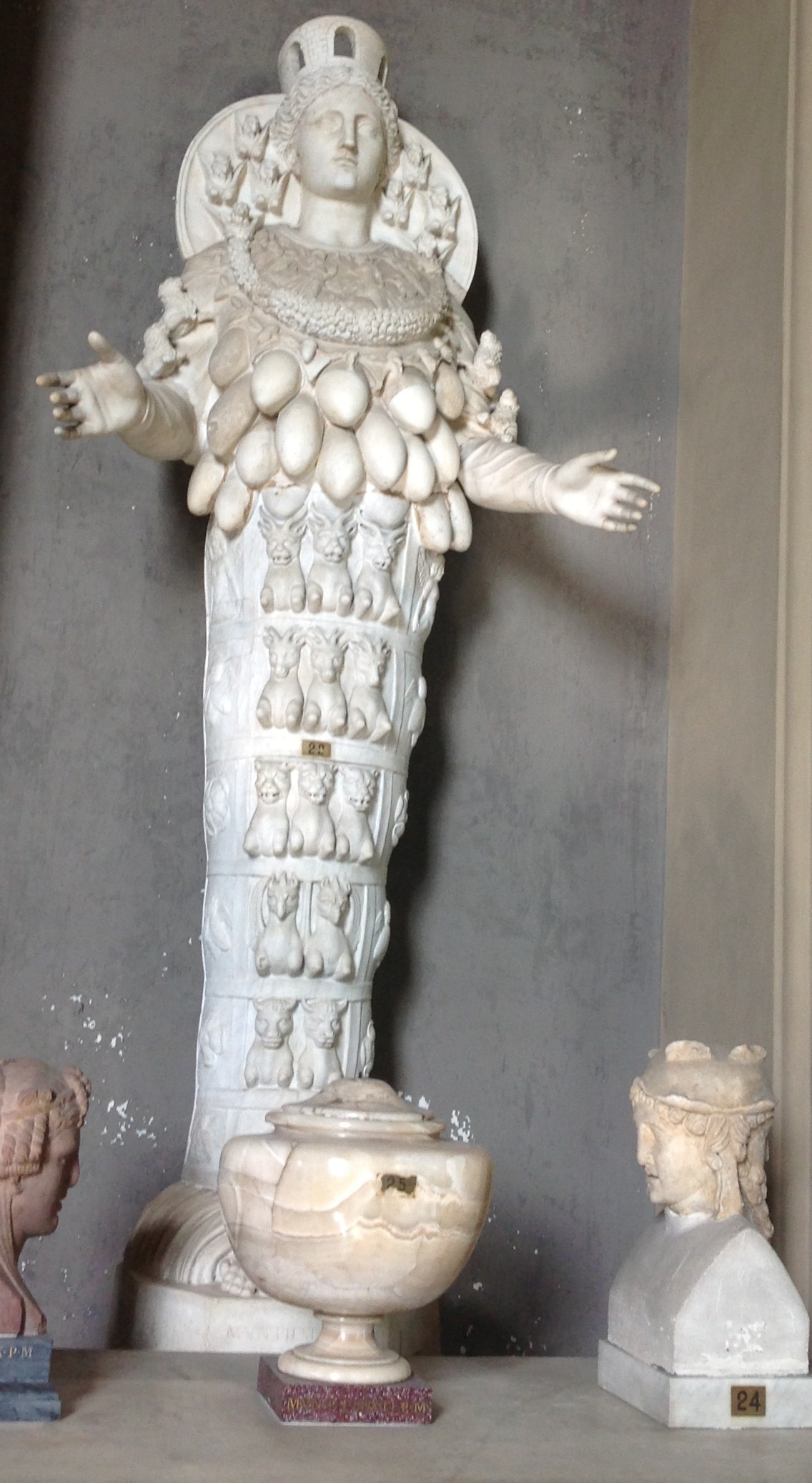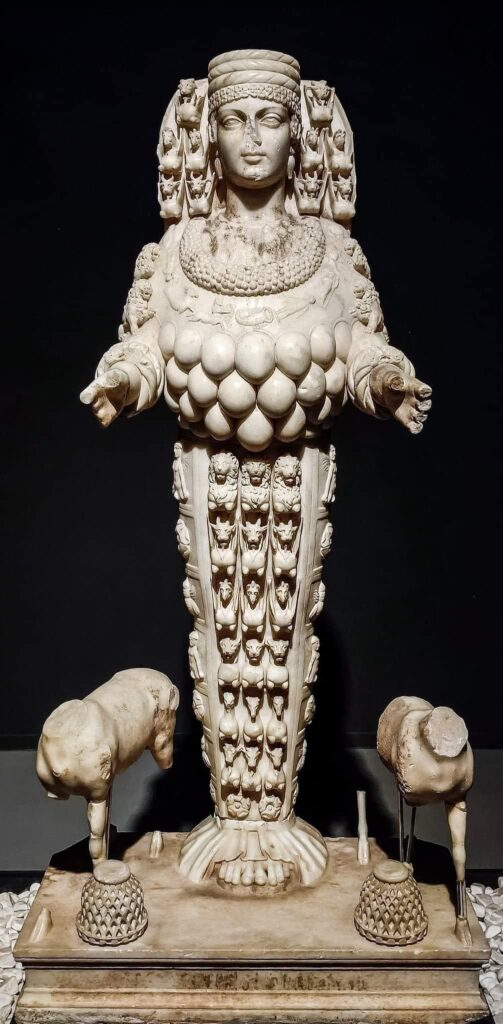The Ephesian Artemis, also known as the Lady of Ephesus, was a deity worshipped in the ancient city of Ephesus, near present-day Selçuk in Turkey. Her temple, the Artemision, stands as a testament to her enduring influence and the architectural prowess of ancient civilizations. Built, destroyed, and rebuilt several times, this temple not only served as a place of worship but also became one of the Seven Wonders of the Ancient World.
The Temple of Artemis: A Historical Marvel

The origins of the Artemision are shrouded in antiquity. Callimachus, in his “Hymn to Artemis,” attributed its creation to the Amazons, while the geographer Pausanias suggested that it predated even the legendary warrior women. The earliest version of the temple existed before the Ionic immigration and was destroyed by a flood in the 7th century BC.
Its reconstruction began around 550 BC, spearheaded by the Cretan architect Chersiphron and his son Metagenes. Funded by Croesus of Lydia, this grandiose project took ten years to complete. However, this version of the temple met a tragic end in 356 BC when it was set ablaze by an arsonist seeking notoriety. The final, and most magnificent iteration of the temple, was funded by the Ephesians themselves and earned a place on Antipater of Sidon’s list of the world’s Seven Wonders. Unfortunately, the temple faced closure around 400-450 AD, as noted by Ammonius of Alexandria, and as Ephesus transitioned to Christianity, references to Artemis were systematically erased from inscriptions throughout the city.
The Unique Veneration of Ephesian Artemis
Unlike the Greek Artemis, the Ephesian Artemis was venerated in a distinct, archaic form. This goddess was not merely a hunter or a protector of wildlife but was revered as a mother goddess and a healer. A votive inscription from the 3rd century BC links her with Crete, emphasizing her role as a healer: “To the Healer of diseases, to Apollo, Giver of Light to mortals, Eutyches has set up in votive offering [a statue of] the Cretan Lady of Ephesus, the Light-Bearer.”

Coins minted in Ephesus depicted Artemis with a mural crown, symbolizing her role as a protector of the city, an attribute she shared with the goddess Cybele. The Ephesian Artemis was often shown with numerous “breasts,” which have been the subject of scholarly debate. Recent archaeological discoveries suggest these were likely amber gourd-shaped drops, used as jewelry, symbolizing fertility and abundance.
Festivals and Cultural Significance
The cult of Artemis brought large numbers of pilgrims to Ephesus, especially during the main Artemis Procession in March and early May. These festivals, known as Artemisia, included games, contests, and theatrical performances held in her honor. Pliny the Elder described these processions as grand events that drew massive crowds. The painter Apelles famously depicted one of these processions, capturing the vibrant celebration and the reverence for the goddess.
The Legacy of the Lady of Ephesus
The garments of the Ephesian Artemis were richly adorned with intricate designs, including bulls, horses, lions, griffins, cats, bees, and floral motifs. These elaborate details not only highlighted the goddess’s connection to nature and fertility but also showcased the artistic skills of ancient craftsmen.
The Ephesian Artemis remains a symbol of ancient religious devotion and cultural heritage. Her temple, despite its destruction, left an indelible mark on history, celebrated for its architectural splendor and the profound impact it had on the people of Ephesus and beyond. The Lady of Ephesus continues to fascinate historians, archaeologists, and enthusiasts, offering a glimpse into the spiritual and cultural life of the ancient world.
